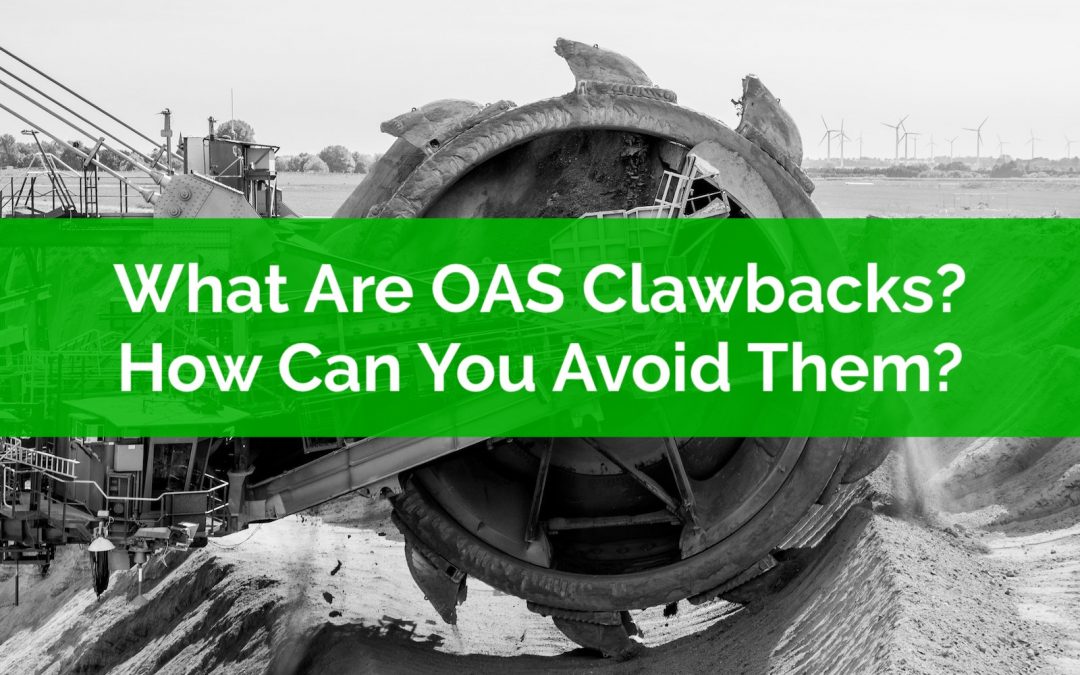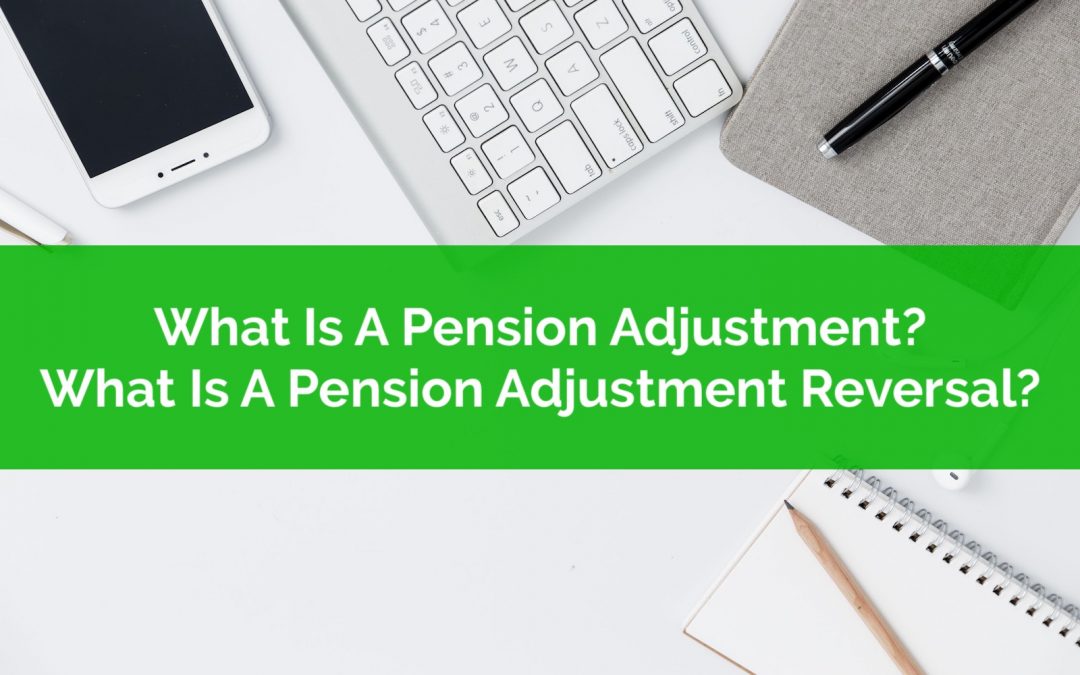
by Owen | Aug 10, 2020 | Financial Planning, Insurance And Risk Management, Investment Planning, Retirement Planning
The 4% Rule is a common personal finance rule. It suggests that a retiree can spend 4% of their initial retirement portfolio each year, adjusted for inflation, and have a reasonably high chance of success.
When talking about the 4% Rule, a retirement period is considered a “success” when the retiree doesn’t run out of money by the end of retirement. Any investment balance above $0 is considered as success, even if that’s just $1.
By using this safe withdrawal rate, the success rate of a retirement plan could be as high 90%-95%+. This means that during 5%-10% of historical periods a retiree could run out of money if faced with the same sequence of returns in the future.
But… this also means that during 90%-95% of historical periods a retiree will end up with money left over, sometimes a lot of money.
This is the unspoken downside of the 4% Rule. By aiming for a high success rate of 90%-95% we’re often building plans for the very worst-case scenarios. By using the 4% Rule we’re planning for a very poor sequence of returns in early retirement, we’re planning for below average returns for 5, 10, 15+ year periods, or we’re planning for high inflation that is significantly above the average.
But what happens if we get average returns, average inflation, and steady growth year over year… well… we could die with millions in the bank.
No one wants to be “the richest person in the graveyard”, so what can be done about the fact that 90%-95% of the time the 4% Rule will leave us with lots and lots of money in late retirement?
There are a couple options to consider but first, let’s look at the typical “success rate” analysis that we do in a retirement plan and what “success” actually means.

by Owen | Aug 3, 2020 | Financial Planning, Government Programs, Income, Retirement Planning, Tax Planning
The Guaranteed Income Supplement is a government benefit program focused on low-income retirees. It is based on income and is available to low-income Old Age Security (OAS) recipients. It is a non-taxable benefit meant to protect seniors from low levels of retirement income.
The GIS benefit provides income support to over 2.1 million retirees. It provides support to nearly 1 in 3 seniors in Canada. In a given year the Guaranteed Income Supplement will provide over $13 billion in benefits!
GIS is one of the most generous benefits in Canada and because of this it also comes with some extremely high “clawback” rates. GIS benefits get reduced as household income increases. This reduction is called a “clawback” rate because it “claws back” benefits from higher income households. At a certain income level, depending on the household situation, all benefits will be clawed back.
This “clawback” rate is important because it can reach 50% to 75%. This makes low-income retirement planning an important consideration. Not all income triggers the GIS clawback so it’s important to understand where retirement income is coming from and how GIS will be affected. With the average GIS recipient only receiving 54% of the maximum these clawbacks have a big impact.
In this post we’ll review what the Guaranteed Income Supplement is, how it works, how much you could receive, and how the GIS “clawback” works. We’ll also cover some common types of retirement income and how they can affect GIS benefits.

by Owen | Jul 6, 2020 | Behavioral Finance, Buying A Home, Down Payment, Financial Planning, Income, Investment Planning, Retirement Planning
Demographic trends can be extremely interesting. Demographic trends can influence a lot of things, they can impact voting and public policy, they can impact consumer trends, they can impact the consumption of goods and services.
The interesting thing about demographic trends is that they’re (somewhat) predictable. The way our population looks today will directly translate to how it looks in the future. Factors like immigration and advances in health care can change these trends slightly, but in general, the way people age is fairly predictable.
What is interesting about demographics is that as people age they do things differently, their behavior changes, their lifestyle changes, they consume different things.
Over the last 60+ years there have been two huge demographic waves, the first was the “baby boomers” and the second was their “echo”. These two groups are very noticeable when looking at population by age group. Demographic charts clearly show two huge population waves with troughs in-between.
Now, I’d like to preface this post with the fact that I hate predictions and forecasts. In my opinion, a good financial plan shouldn’t rely on predictions or forecasts to be successful. A good financial plan will prepare for various future events and still have a high chance of success. It’s important to anticipate possible risks and how they may impact a financial plan.
Typically, when we talk about risk we talk about investment risk and inflation rate risk. A good plan will still be successful even with changing investment returns and changing inflation rates. But what about real estate values? What about housing?
For two groups of people, the variability in real estate values should be a big concern when doing a financial plan. One group is real estate investors, people with rental properties that make up a large % of their assets. The second group is future downsizers, people who have made downsizing to a smaller home a key part of their future financial plan.
For these two groups of people it’s important to understand that real estate growth rates can vary and this creates risk. Simply assuming inflation, or inflation + xx%, is not a great strategy.
In this post we’ll look at how demographics may impact future housing demand and why a good financial plan should be prepared for different rates of real estate appreciation.

by Owen | Jun 15, 2020 | Financial Planning, Government Programs, Investment Planning, Retirement Planning, Tax Planning
What are OAS clawbacks? How can you avoid them? How impactful are OAS clawbacks in retirement?
The typical retiree will receive an OAS benefit of $7,362 per year (in 2020) and over the course of a 30-year retirement would receive payments of $220,860 (in today’s dollars). That is a significant amount of retirement income!
OAS clawbacks can reduce this income all the way to zero. OAS clawbacks are 15% of net income, so they can have a big influence on a retirement plan. Experiencing full OAS clawbacks would mean that a retiree needs to make up this income on their own through extra investment assets. This may require hundreds of thousands in extra investment assets.
Avoiding OAS clawbacks is an important part of retirement planning. We’d like to avoid these clawbacks if possible. Through various strategies we can reduce or eliminate these clawbacks in retirement. This can be very beneficial to a retiree.
There are a few strategies that can help retirees avoid OAS clawbacks. Which strategy makes sense will depend on the retirees sources of income and their financial assets. In this post we’ve got 7 strategies to consider if you want to avoid OAS clawbacks in retirement.
But first, what is an OAS clawback?

by Owen | Jun 1, 2020 | Financial Planning, Government Programs, Income, Retirement Planning, Tax Planning
Planning retirement income is one of the most challenging aspects of a retirement plan. There are often multiple income sources of income to plan for, as many as 5+ for individuals, and as many as 10+ for couples. These income sources also “phase in” at different times throughout retirement.
Here are some of the most common sources of retirement income…
1. Government pensions like…
– CPP (Canada Pension Plan)
– OAS (Old Age Security)
2. Defined benefit pensions
3. Registered accounts like RRSP/RRIF
4. Locked-in registered accounts like LIRA/LIF (and Defined Contribution Pension Plans)
5. Government benefits like GIS
6. TFSA accounts
Understanding how much income to expect from each of these income sources can be a challenge. They may start at different times in retirement, they may also increase with inflation or not.
On top of understanding how much income these different sources may provide it’s also important to understand how they’re taxed. Some of these income sources are taxed differently. Some are also eligible for income splitting at different points in retirement. This income splitting is a distinct tax advantage for couples and shouldn’t be ignored.
In this post we’re going to look at the seven most common sources of retirement income and some of the planning considerations to keep in mind when planning your retirement income.
Warning: Because of the complexity when planning retirement income it’s impossible to fully highlight all the nuances for each of these sources of retirement income in one post. If you feel uncomfortable planning your retirement income then please speak with a professional (ideally an advice-only financial planner) about building a custom retirement plan. Understanding the phasing of retirement income sources, the tax implications, and the possible government clawbacks on benefits like GIS is well worth the money.

by Owen | May 4, 2020 | Retirement Planning, Tax Planning
What is a pension adjustment? What is a pension adjusted reversal? If you’ve recently done your taxes or received your notice of assessment you may be wondering what these terms mean. You may have noticed large amounts of money being attributed to these items. You also may have noticed that they affect your available RRSP contribution room.
Anyone with a registered pension plan (RPP) or deferred profit sharing plan (DPSP) will notice that they’re receiving a pension adjustment.
The purpose of the pension adjustment is simple, it’s meant to equalize registered assets between those with employer sponsored pensions and those without. It reduces RRSP contribution room for those who receive (or will receive) benefits from a pension plan or deferred profit sharing plan.
The maximum anyone can put into their RRSP is 18% of previous years earned income up to the annual max. The pension adjustment reduces this new RRSP contribution room, sometimes to nearly nothing, in an attempt to make things more fair. The idea is that the maximum that can be put into registered savings (either pension, DPSP or RRSP) should be fair for everyone.
To do this effectively we need the pension adjustment (PA) and when people leave a pension or deferred profit sharing plan we need a pension adjustment reversal (PAR) (more on that later).
Page 13 of 19«...1112131415...»






